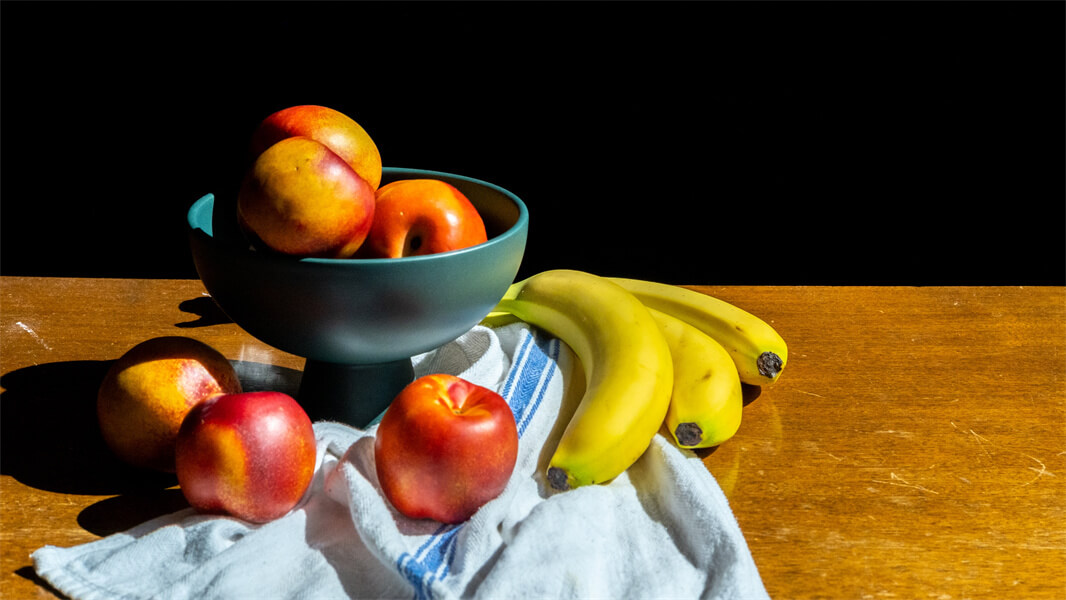For anyone looking to improve their photography skill, still life photography offers quite a fairly straightforward avenue. It is a unique photography genre that transforms not-so-interesting subjects to eye catchy, beautiful, and compelling. So, what does it take to hammer out great still-life photography? Follow this guide, as we cover the basics of the photography genre, including some expert-picked tips to get the best out of the effort.
What is still life photography?
In a nutshell, this is a genre of photography that depicts inanimate objects. These objects can be man-made or natural. There’s a common misconception relating product photography to still life photography. However, remember that both genres are not the same. Still, life photography features a greater level of artiness and conceptualization. You’re not essentially taking the photograph to sell the item. For these reasons, it offers more creative freedom than what is attainable in product photography. In essence, it offers the best Avenue for anyone looking to assess and put their creative juice to a test.
Still life photography examples and types
Having clarified what is still-life photography, understanding still-life photography examples will bring us close to clearly understanding what it comprises. Generally, there are two types – found and created.
1. Found still-life photography
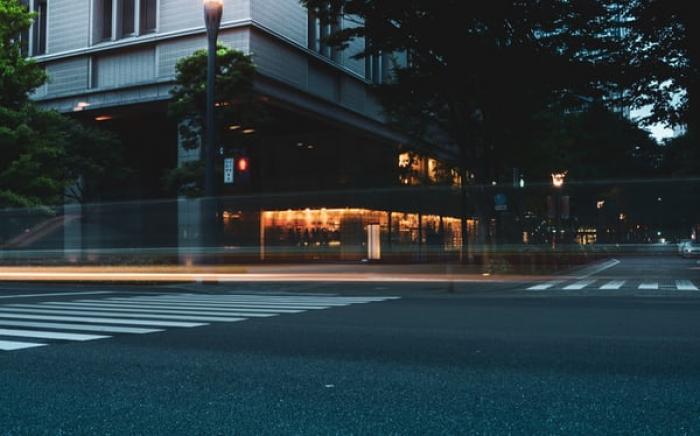
This is creative still-life photography that involves a random collection of items, arranged without external influence. Essentially, it means you’re taking these objects as they appear and you cannot move them to suit your preference. A great example of this is taking pictures of random items arranged outdoors in a supermarket. Another instance is photography is taking a picture of junk randomly arranged in a junkyard. These are things you cannot move to suit the way you want them to appear.
2. Created still life photography
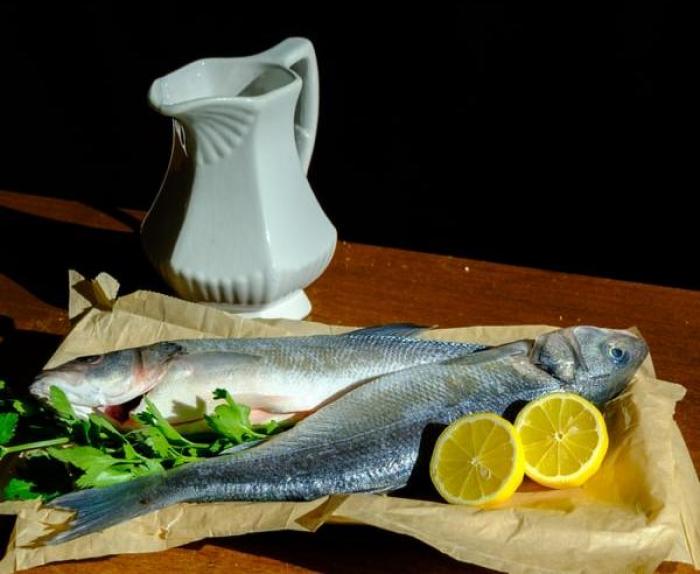
This is the direct opposite to still life photography. In this form of photography, you’re taking pictures of objects you’ve arranged to suit your preference. In a created still life photography, you have the freedom to alter the theme and mood.
Tips for creative still life photography
1. Plan your image composition
Considering the extent of creative freedom still life photography offers, not having a plan can make you lose direction quite easier. As such, spend a chunk of your time planning everything, especially your image composition. When planning image composition, pay attention to the arrangements and put your imagination into good you. Classical composition techniques like leading lines and the rule of thirds can also be helpful.
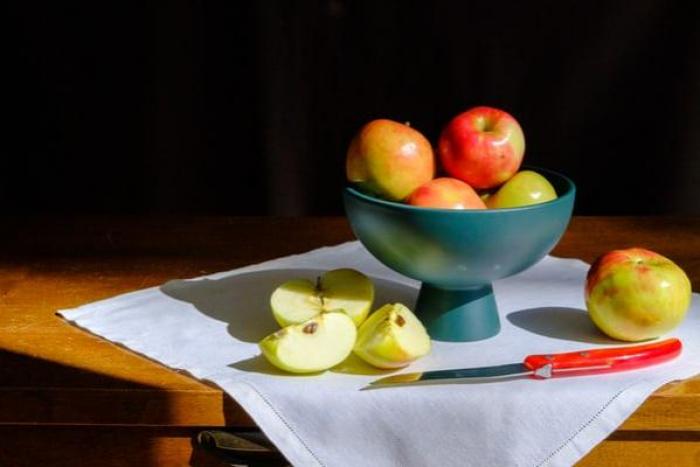
2. Be creative with the lighting
Lighting doesn’t have to be rigid or extremely expensive. If you can’t lay your hands on studio lights, make do with sunlight. Generally, the best natural light is achieved on overcast days, so you want to plan your shoot towards this. If you find the lighting too harsh or brings, make do with a sheer white curtain, hung on the windows to serve as a diffuser. Similarly, when you use your lighting from the side, you can also get a more aesthetic still life photography compared to using it heads-on.
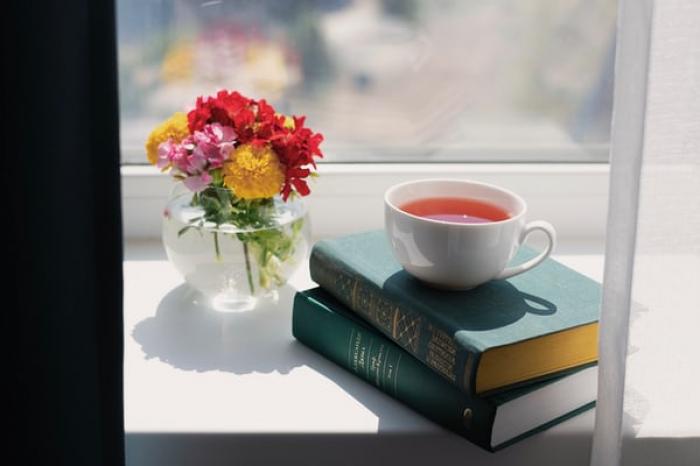
3. Use the right background
If you want most of the attention to be on the subject, opt-in for a plain background. Besides, white cardboard or table cloth backdrop will work just perfectly in this situation. Conversely, if you want to get very creative, you have tons of options to leverage, ranging from printed canvas, nice colors, and other subtle combinations that won’t take so much from the hero. If you’re finding it difficult to create a nice background, find the perfect royalty-free stock images online then use a background remover to use them with your photograph.
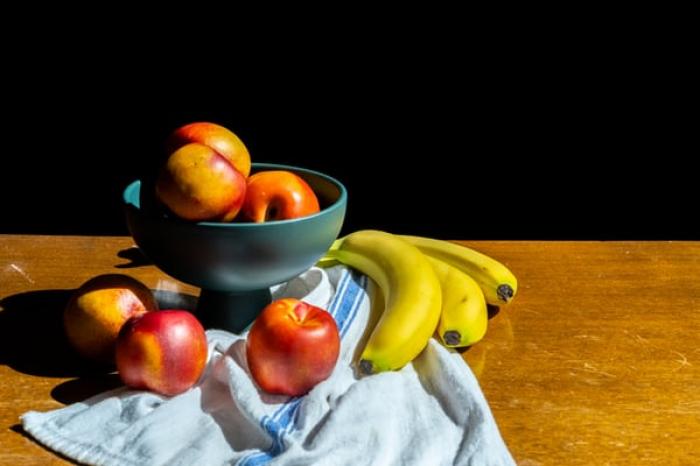
4. Set a mood
There’s no better way to bring more eyes to your photography than introducing a mood. Sounds straightforward? But how can you do this? Consider using elements ranging from layers, symmetry, layers, colors, and even leading lines to add mood and interest to your still life photography. You need more than just the rule of thirds to get this right. This is where you have to put your imagination to good use. Imagine your looking at the setting through your viewer’s eyes and carefully evaluating how much and how well you’ve created the envisaged mood.
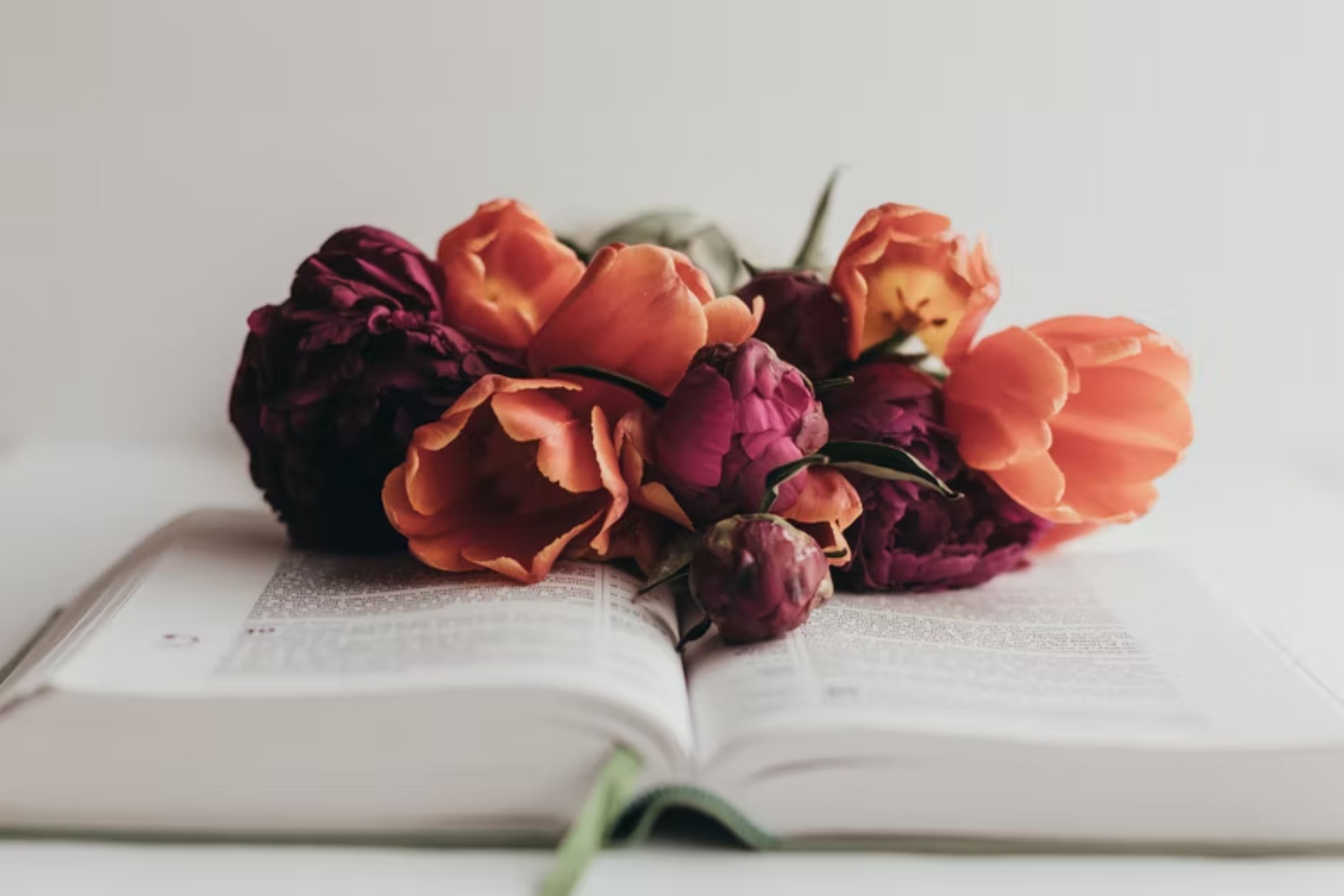
5. Use unique and untraditional items
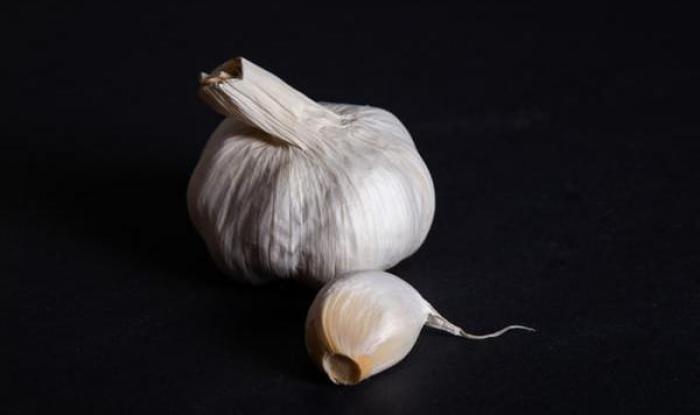
The genesis of aesthetic still-life photography is your subject. However, the truth remains that you can never get the best subject for still-life photography -you can only find the ideal one for you. Again, regardless of what your theme is, untraditional and unique subjects blend just perfectly. So, look around your house, at the florist, supermarket, or other locations to see unique objects for your photography. These may include objects like melting ice cream, withered plans and melting ice, among others. With the help of the five useful tips mentioned above, it is more likely to produce creative still-life photography. But if you are not satisfied with their quality, I recommend that you use VanceAI Image Enhancer to enhance the quality and recreate the full details of your photography.
Wrapping up
Still life photography is beautiful, no doubt. However, getting it right is what brings out this beauty. So, in this article, we explored a few still-life photography ideas to get the best shots moving forward. Remember that your post-production effort is as important as the photography session itself. So, you want to arm yourself with the best tools such as BGremover and guides in this regard.
